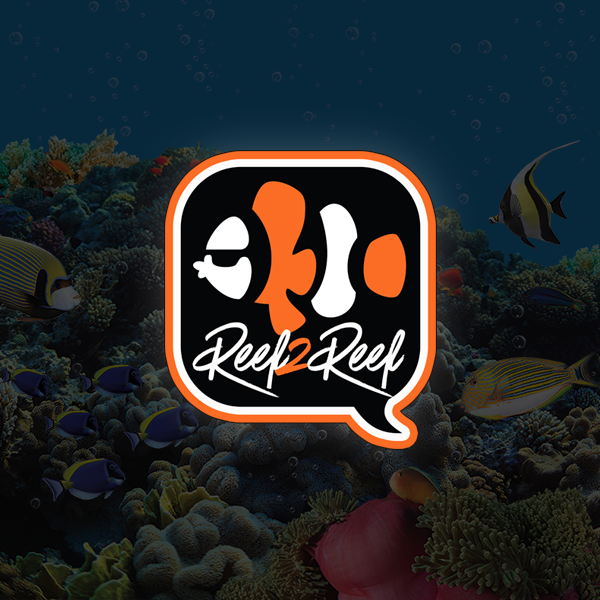Randy Holmes-Farley
Reef Chemist
- Review score
- +0 /0 /-0
Staff member
Super Moderator
R2R Supporter
R2R Excellence Award
Expert Contributor
Article Contributor
R2R Research
Build Thread Contributor
Reef Chemistry Question of the Day #280:
Which of the following is the best analogy of ion spacing in seawater?
A. The ions in seawater are spaced like a 20 ducks on a 1 acre pond
B. The ions in seawater are spaced like 4 people on a 747 jet
C. The ions in seawater are spaced like 2 ice cubes in a glass of water
D. The ions in seawater are spaced like 3 kittens in a single carrier.
Yes, I know, it's an odd way to ask the question, but I think many reefers have little intuition of what the relevant spacing is and I hope we can learn from it.
Hint: There was a relevant Reef Chemistry question of the day about 5 years ago. lol
Previous Reef Chemistry Question of the Day:

 www.reef2reef.com
www.reef2reef.com
Which of the following is the best analogy of ion spacing in seawater?
A. The ions in seawater are spaced like a 20 ducks on a 1 acre pond
B. The ions in seawater are spaced like 4 people on a 747 jet
C. The ions in seawater are spaced like 2 ice cubes in a glass of water
D. The ions in seawater are spaced like 3 kittens in a single carrier.
Yes, I know, it's an odd way to ask the question, but I think many reefers have little intuition of what the relevant spacing is and I hope we can learn from it.
Hint: There was a relevant Reef Chemistry question of the day about 5 years ago. lol
Previous Reef Chemistry Question of the Day:

Reef Chemistry Question of the Day #279: Ions sticking to calcium carbonate
Reef Chemistry Question of the Day #279 Which of the following two ions are least likely to stick to a bare calcium carbonate surface in a reef aquarium? A. Lithium B. Magnesium C. Calcium D. Strontium E. Phosphate F. Nitrate Good luck! Previous question of the day...
 www.reef2reef.com
www.reef2reef.com

















